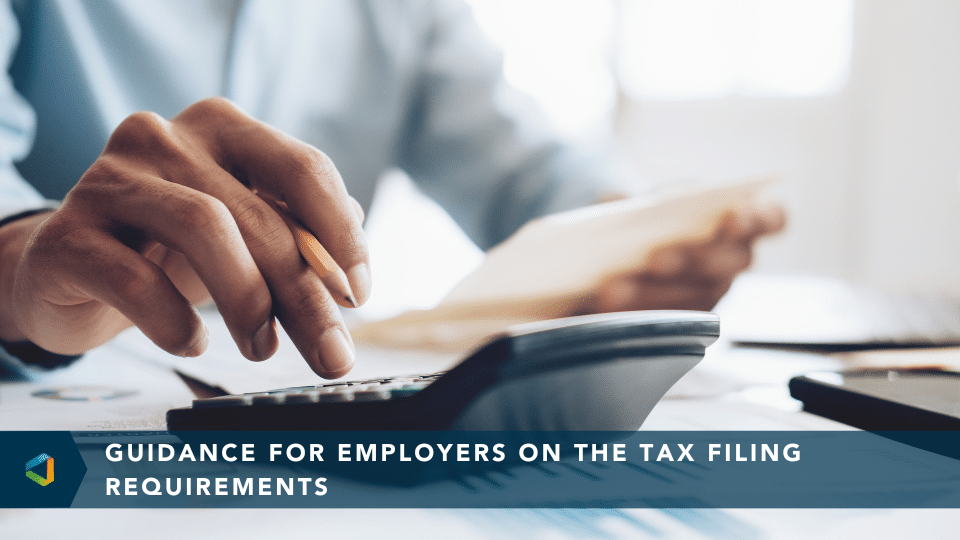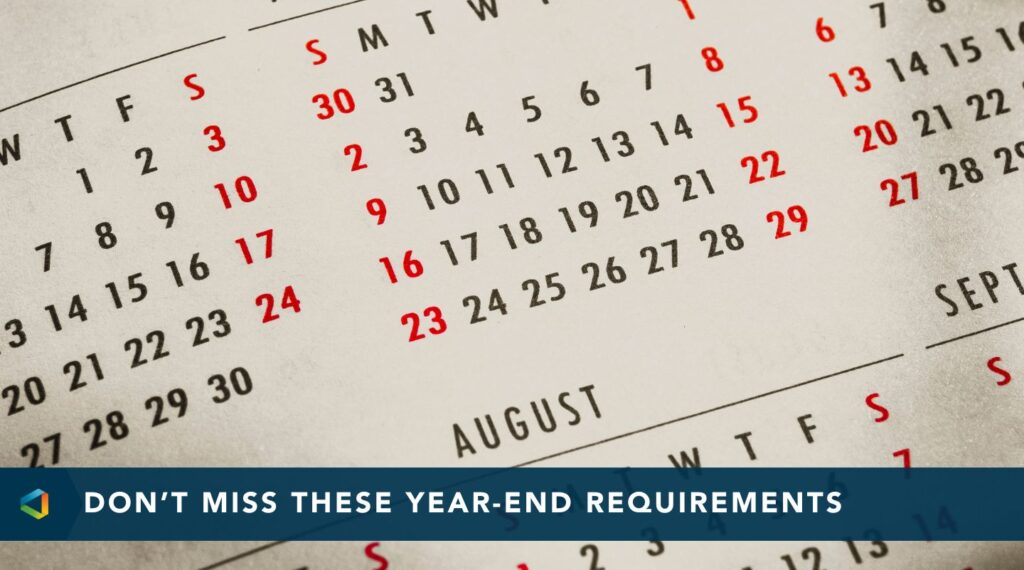Compliance Confidence
Update on 2023 Air Ambulance Reporting
Update on 2023 Air Ambulance Reporting
This article was originally published on 2.21.2023 and has been updated to reflect the latest developments. The Centers for Medicare and Medicaid Services (CMS) recently announced that the Air Ambulance data reporting deadline will be postponed until after the final rules are published. As such, no reporting will be required in 2023. OneDigital will continue to monitor and provide an update once the final regulations are released and more information is available.
Under a proposed rule from the Department of Labor (DOL), Health and Human Services (HHS), and the Treasury, group health plans (including ACA grandfathered plans) and health insurers are required to report air ambulance services.
The proposed rule would implement disclosure requirements under the No Surprises Act. Additional guidance on the submission process should be forthcoming.
The air ambulance data reporting rules apply for two years. The first round of air ambulance reporting for the 2022 calendar year data would be submitted by March 31, 2023, and reports for the 2023 calendar year will be due March 30, 2024. As with other recent transparency disclosures, many employers will not have access to the necessary data to do the reporting and will need to rely on their carriers and/or third-party administrators (TPAs).
Following the submission of the data, HHS (in coordination with the Department of Transportation) are required to produce a comprehensive public report. This report must include the following:
- Assessments of average charges for air ambulance services
- Amounts paid by plans and issuers to providers for air ambulance services
- Frequency of patient balance billing
- Frequency of claims appeals made by providers of air ambulance services to plans and issuers
- Any other data relating to air ambulance services deemed necessary and appropriate by the Secretaries of HHS and Transportation
In order to provide this report, HHS has proposed that plans and issuers submit the following claims-level data, including:
- Plan name
- Plan market type (e.g., fully insured, self-insured, large or small group)
- Date of service
- Billing National Provider Identifier (NPI)
- Current Procedural Terminology (CPT) code
- Transport information
- Claim adjudication information and claim payment
Employers with fully insured plans can absolve themselves of legal liability by entering into a written agreement that requires their health carrier to submit the report. Employers should work with their insurers or TPAs to confirm if they will complete the reporting requirement on behalf of the employer.
Employers with self-funded plans may have a similar written agreement with their TPAs, however these employers remain responsible for any penalties if the TPA fails to submit the report. Employers should work with their TPAs to determine what assistance they will be providing related to these reporting requirements and confirm who will complete the reporting.
Although the proposed rule has not yet been finalized, employers should start the conversation with their carrier or TPA now to ensure that they are ready to meet these new reporting requirements.
Ensure you never miss an upcoming deadline or update by reviewing and bookmarking the Compliance Confidence blog.
Share
Related News & Updates

Article
IRS Issues Final Rule to Fix “Family Glitch”
10.12.2022



